Dissolution under Business Organizations
Dissolution under Business Organizations
I. What is Dissolution?
Dissolution is the formal process of ending or terminating a business entity’s existence. When a business is dissolved, it ceases to carry on its operations, pays off debts, distributes remaining assets, and legally ends its existence.
Dissolution applies to various forms of business organizations such as partnerships, corporations, and limited liability companies (LLCs).
II. Types of Dissolution
Voluntary Dissolution
Occurs when the owners or members of the business decide to end the company’s existence. This decision is usually made in accordance with the organization's governing documents (e.g., partnership agreement, corporate bylaws).
Involuntary Dissolution
Happens when a court orders the business to be dissolved, often due to disputes among owners, fraud, mismanagement, or failure to comply with legal requirements.
Administrative Dissolution
Occurs when a government agency dissolves a business for failure to comply with regulations (e.g., failing to file annual reports or pay taxes).
III. Dissolution Process
Generally, the process involves:
Winding Up: Settling the company’s affairs by collecting assets, paying debts, and distributing remaining assets to owners.
Filing Documents: Submitting formal dissolution paperwork with the appropriate government authority.
Termination: The business legally ceases to exist after completion of winding up.
IV. Dissolution in Partnerships
In a partnership, dissolution often occurs when:
A partner withdraws.
The term of the partnership expires.
The partnership achieves its goal.
Court orders dissolution (due to misconduct, incapacity, or other reasons).
After dissolution, the partnership enters the winding-up phase where debts are paid and remaining assets distributed.
Case Law Example: Meinhard v. Salmon (1928)
Key Point: Even during dissolution or winding up, partners owe each other the highest fiduciary duties.
This case emphasized that partners must act with the utmost loyalty, especially when dealing with partnership opportunities during dissolution.
V. Dissolution in Corporations
A corporation can be dissolved voluntarily by shareholders or involuntarily by court order or government authority.
The process includes shareholder approval, filing articles of dissolution, and winding up affairs.
Creditors must be paid before any distributions to shareholders.
Case Law Example: Dodge v. Ford Motor Co. (1919)
Key Point: Corporate dissolution or decisions must consider the best interests of the corporation, including shareholders and creditors.
Shareholders cannot force dissolution solely for personal gain if it harms the corporation.
VI. Grounds for Involuntary Dissolution
Courts may order dissolution based on:
Deadlock between owners making management impossible.
Misconduct or fraud by management.
Failure to comply with statutory requirements.
Abuse of power or illegal acts.
VII. Effects of Dissolution
The business can no longer engage in new transactions except those necessary for winding up.
Creditors have priority over owners in payment.
Ownership interests are liquidated or bought out.
VIII. Summary of Key Principles
| Principle | Explanation |
|---|---|
| Voluntary Dissolution | Owners decide to end the business according to rules. |
| Involuntary Dissolution | Court or authorities force dissolution due to problems. |
| Winding Up | Settling debts and distributing remaining assets after dissolution. |
| Fiduciary Duties Continue | Owners owe loyalty even during dissolution (Meinhard v. Salmon). |
| Priority of Creditors | Creditors paid before owners in distribution. |
| Legal Formalities | Must file proper documents to complete dissolution. |


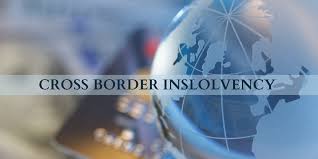







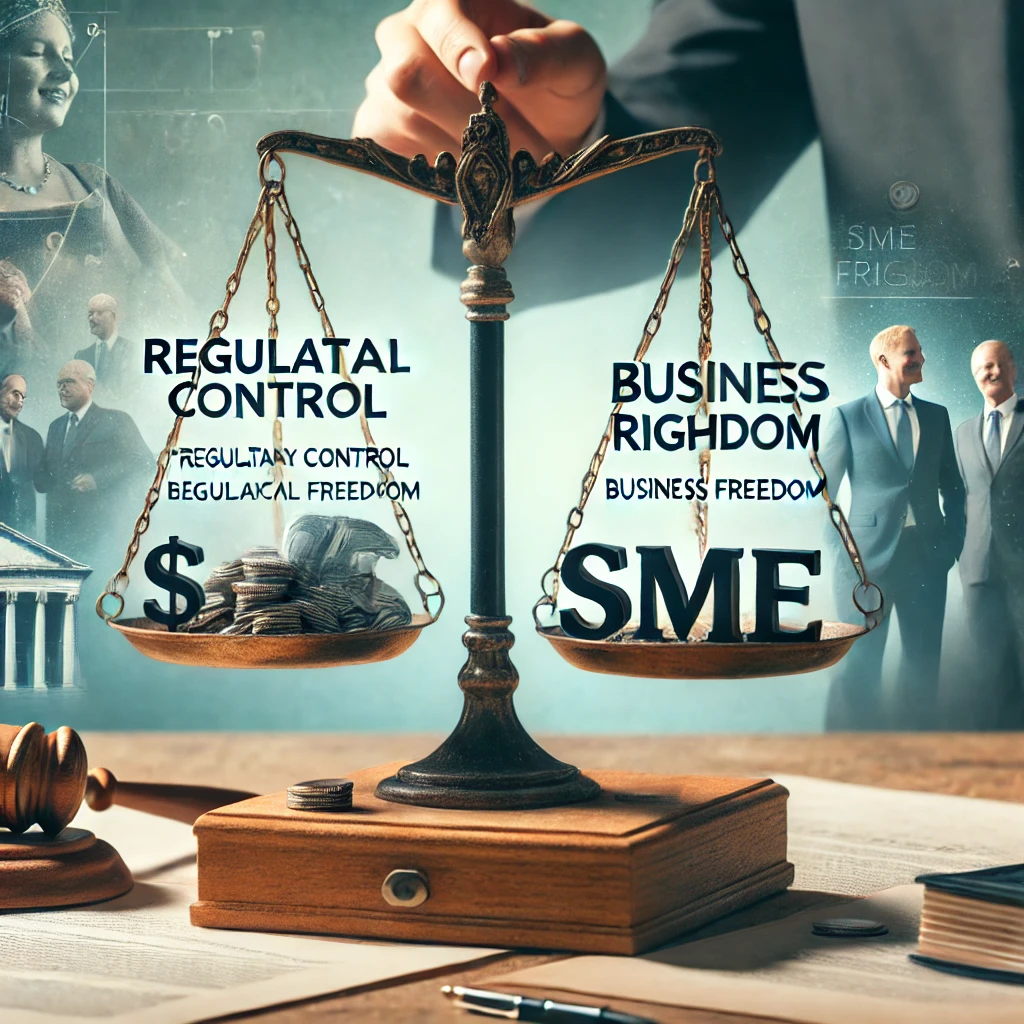




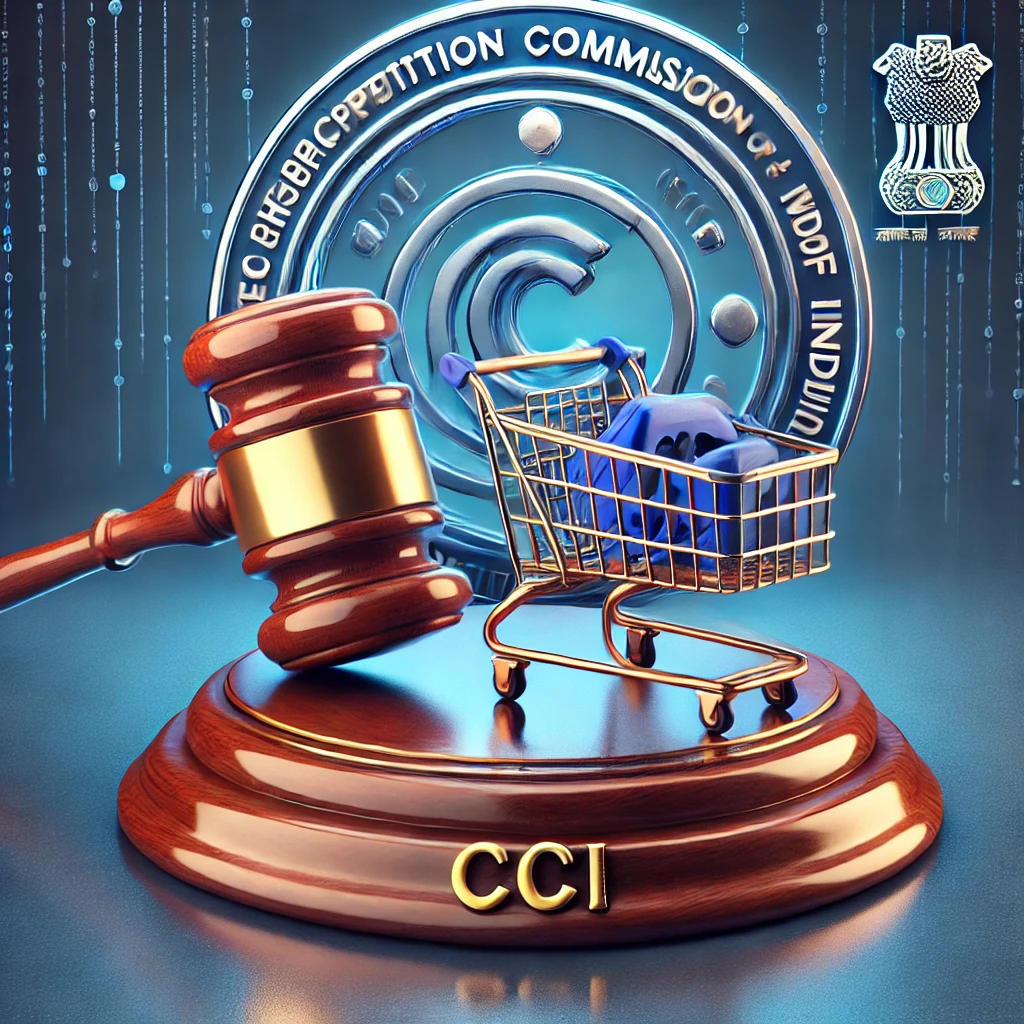








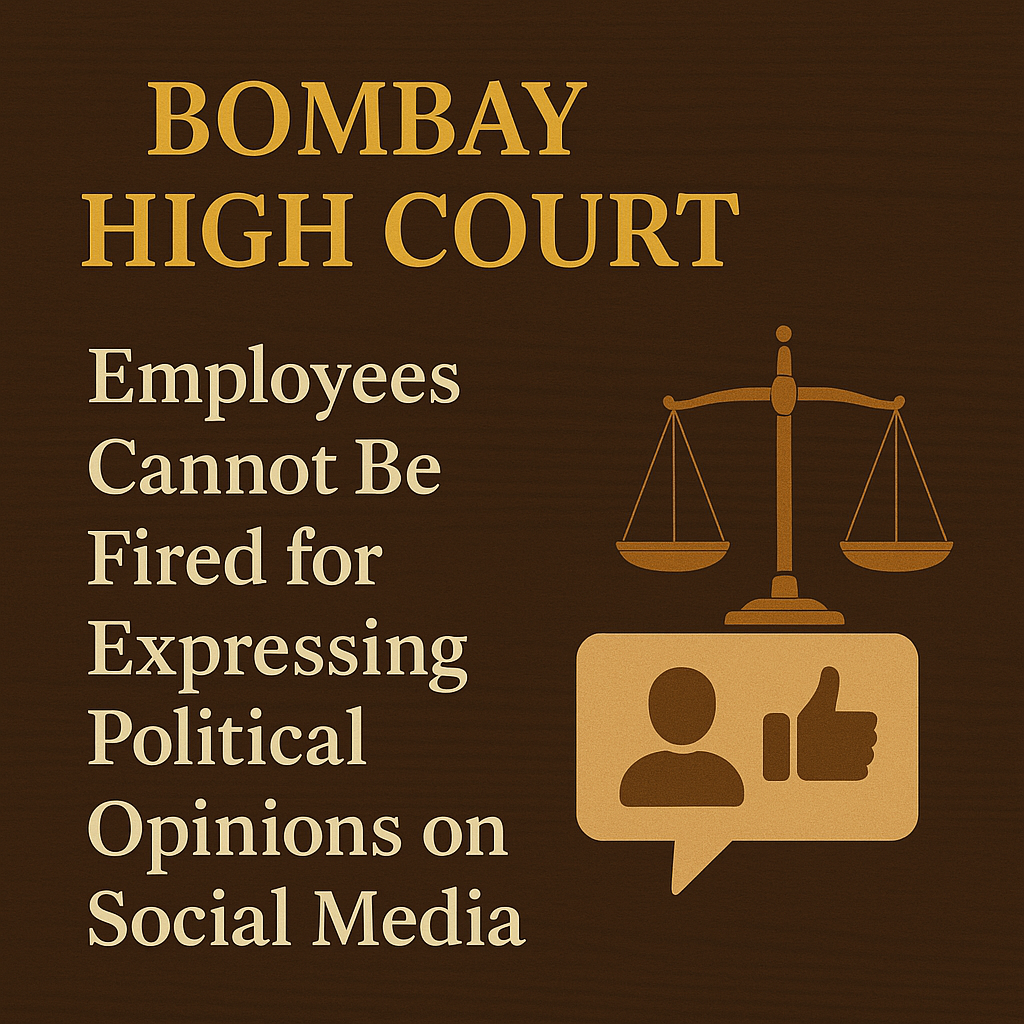


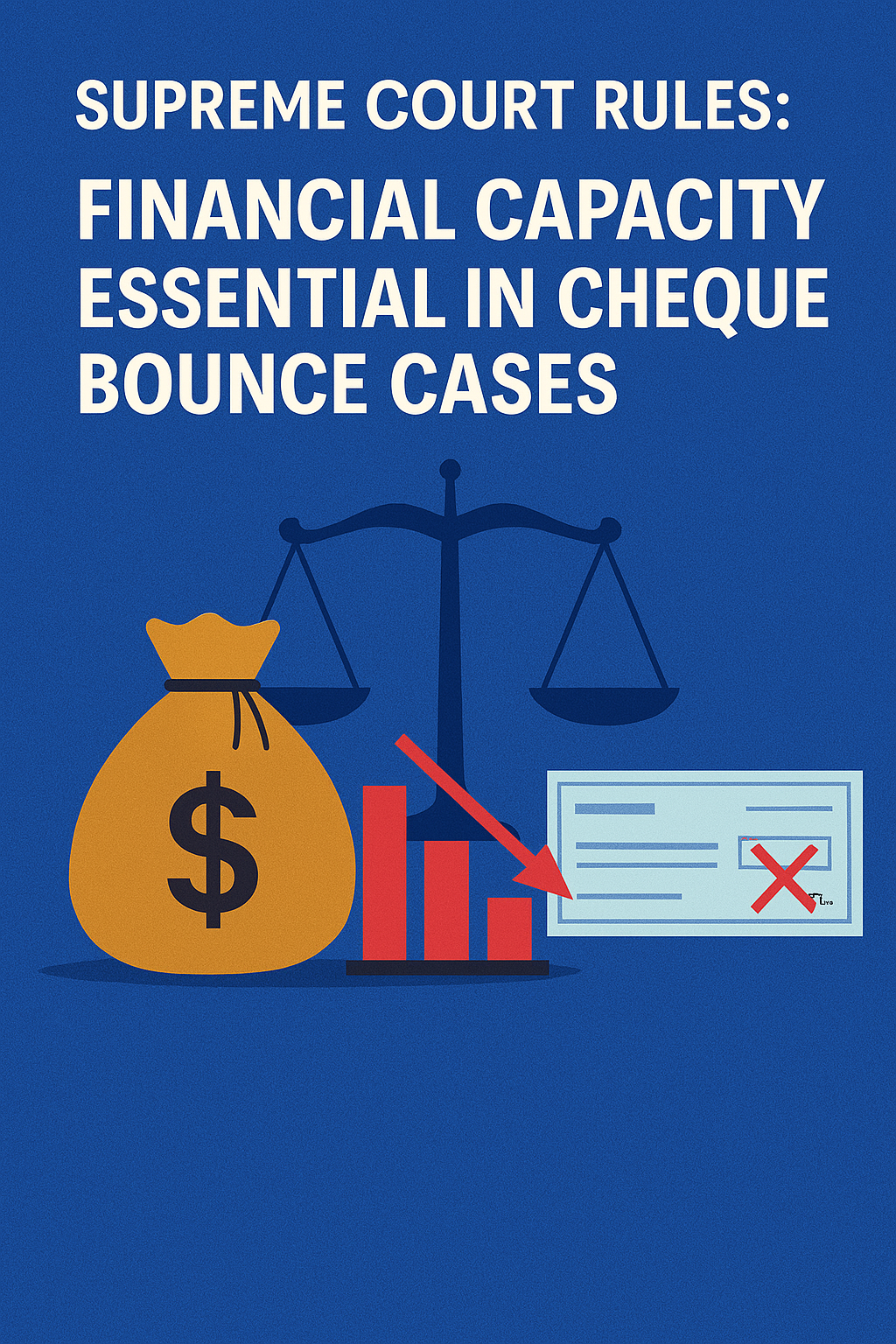
0 comments